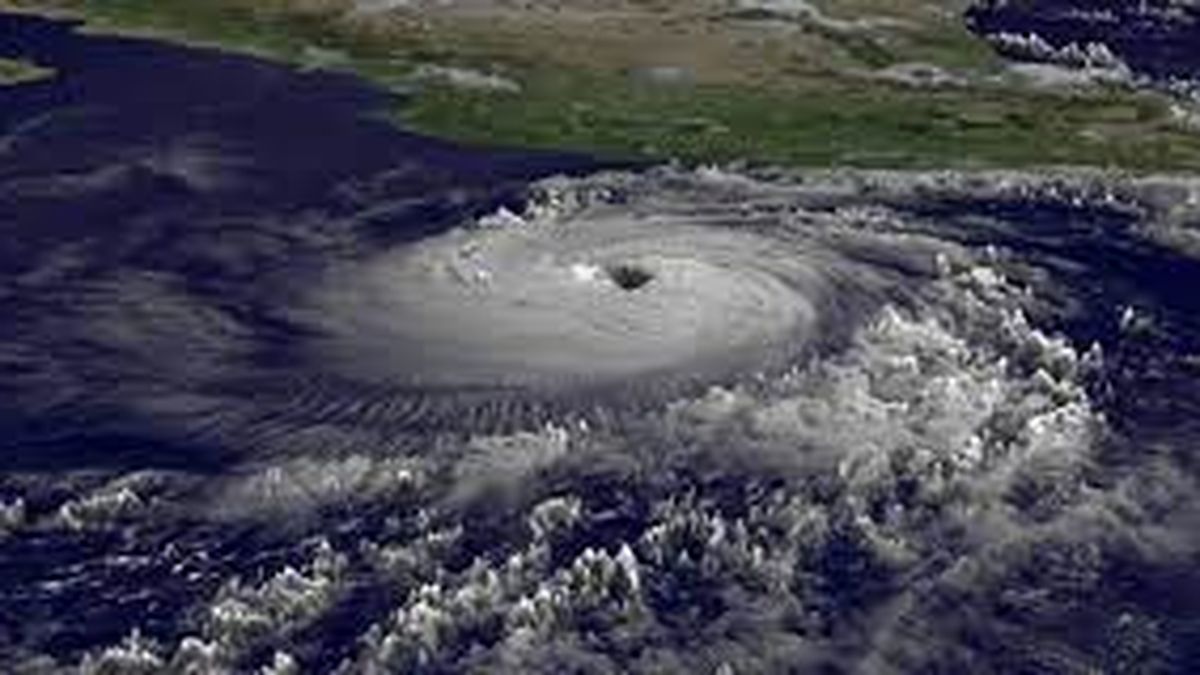The rains and external heat that were expected with the arrival of the phenomenon of The boy will be delayed this month, since according to the Global Prediction System (GFS), the Uruguay It will pass through pulses of cold air, putting winter crops at risk.
According to GFS reports, the system created by the United States Oceanic and Atmospheric Administration (NOAA); and that of European Center for Medium-Range Weather Forecasts (ECMWF)so much Uruguay like Argentina they will go through currents of cold air. Some forecasts contrary to the previous ones that already predicted the arrival of El Niño and together with the phenomenon, heavy rains and high temperatures.
Temperatures in the country will remain slightly below normal and there could be a risk of frost over the weekend, endangering winter crops and allowing the use of pastures in flooded areas.
https://publish.twitter.com/oembed?url=https%3A%2F%2Ftwitter.com%2Fmario_bidegain%2Fstatus%2F1707360630879981761&partner=&hide_thread=false
The possible effects of El Niño in Uruguay
At the beginning of August, the rating agency Moody’s warned about the economic impact that the meteorological phenomenon of El Niño in Latin America, whose effect on Uruguay will be decisive for the possibilities of agriculture, after going through it worst drought of the century.
According to the agency, El Niño poses two particular risks for governments. On the one hand, spending demand in stimulus and reconstruction of infrastructure. On the other hand, the rising borrowing costs whether the increase in food prices delays or slows down the easing of monetary policy.
According to the rating agency’s report, the climate phenomenon “will affect the natural resource industries of South America” and analyzed: “The predominance of Latin America in the global agricultural and mining markets means that any shock to domestic supply will inevitably influence the world prices of raw materials.
Moodys Chart.jpg
For the rating agency, “the crop disruptions in Brazil can increase food prices, while heaviest rains in Argentina “They have the potential to boost production,” by focusing on the global panorama. Furthermore, the report warned that “energy prices will be less predictable in regions that rely primarily on renewable energy, posing risks for utilities that lack protective contracts.”
Finally, Moody’s pointed out that, if it were a phenomenon intense, “would compromise the loan repayment capacity banking expenses contracted by the agriculture, livestock, fishing and mining sectors.”
Source: Ambito




